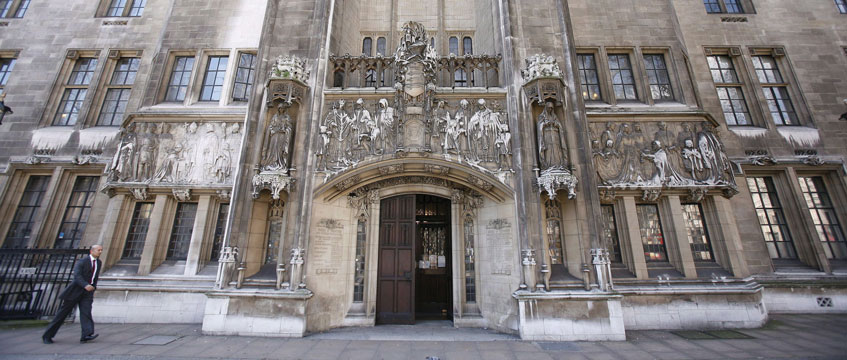The descendants of an Oxford benefactor who donated land to a school in 1914 and 1928 have failed in their bid to force Oxfordshire County Council to pay them £1.2m.
The case hinges on the interpretation of the 1841 School Site Act, which made it easy for landowners to donate up to one acre of land for schools for poor children, but stipulated that if the land ceased to be used for the school, it would be given back to the landowner or their heirs.
In this, the benefactor, named Robert Fleming, gave land in Nettlebed to Oxfordshire County Council for them to develop an elementary school. In 2006 the council moved the school to a new building on an adjacent plot. In 2007, the council sold the old site to property developers for £1.2m.
It planned to use the money to help pay off the costs of the new school site. However, Fleming’s heirs sued, saying they were due the money.
They argue that the site ceased to be used as a school when the pupils moved to the new site in 2006. Therefore, when the plot was sold in 2007, it was the property of the heirs.
The council argued that, as it was always the plan to sell the old plot to pay for the new school building, the site was being used in accordance with the 1841 act.
The dispute flip-flopped through the court system with the High Court backing the council and the Court of Appeal backing the heirs.
And in a ruling handed down today, the Supreme Court settled the matter by backing the council.
“It is our view that… the Fleming site was not ‘ceasing to be used’ for the purposes of Nettlebed school, and hence for the purposes of the Act, when the school moved to the new adjacent site in or about February 2006,” Supreme Court judges Lady Arden and Lord Burrows wrote in the judgment.
“It was not ceasing to be used for the purposes of Nettlebed school because there was an intention throughout by the County Council, as made clear by relevant documentation, to apply the proceeds of sale of the land in the improvement (by buildings or otherwise) of the adjacent new school premises.”
The case may have wider significance. According to the Law Commission as many as 2,000 schools may be on sites given to them under the 1841 Act.
Jason Hunter, partner and head of the property and housing litigation team at law firm Russell-Cooke said that the case “is of some interest”.
“The Supreme Court said that it should recognise that the courts should adopt a purposive, contextual interpretation where possible of the legislation concerned and it should also strike a balance in the 1841 Act between the grantor’s interest and the public interest,” he said.
“It said it should apply a broad and practical approach when interpreting the two relevant sections of the 1841 Act, aiming to read them as a coherent whole and that to adopt the claimants’ position would be to frustrate the general policy of the Act.”
Rittson-Thomas and others v Oxfordshire County Council
Supreme Court (Lord Lloyd-Jones, Lady Arden, Lord Sales, Lord Burrows, Lord Stephens) 23 April 2021
Appellant: Christopher McCall QC Nigel Thomas (Instructed by Oxfordshire County Council Legal Services)
Respondents: Simon Taube QC Matthew Smith (Instructed by Lee Bolton Monier-Williams)








